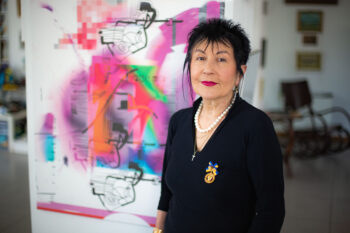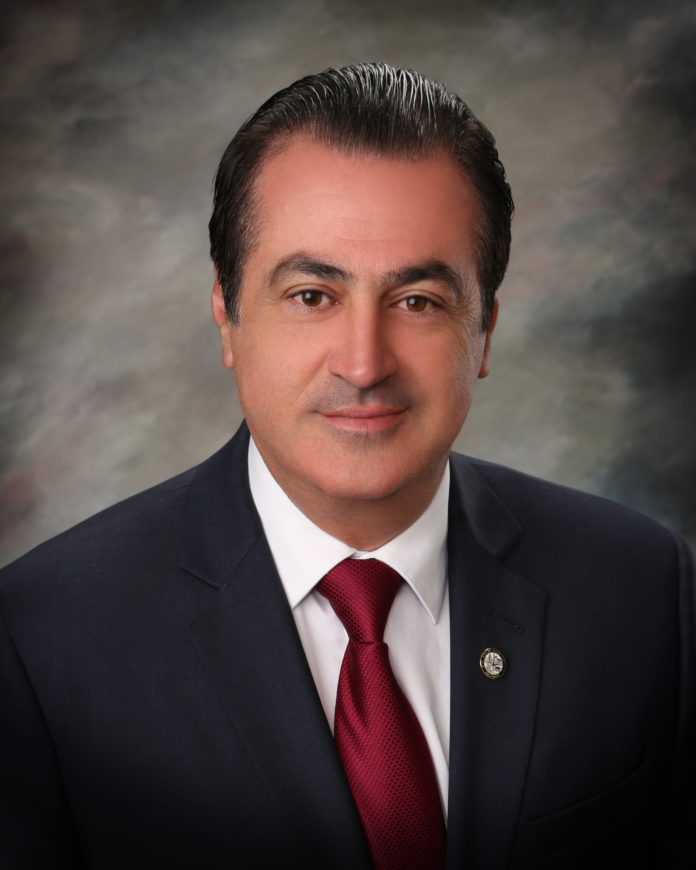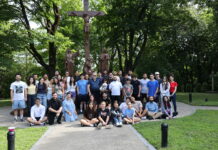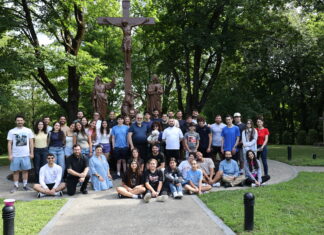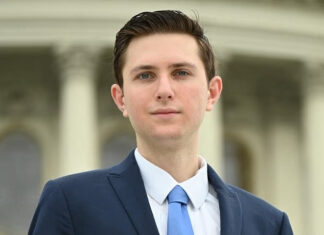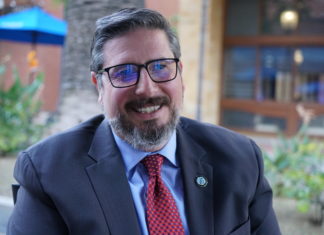GLENDALE, Calif. – Glendale is a unique city for Armenians in the United States. With one of the largest concentrations of Armenians outside of the Republic of Armenia, four out of five of the members of the city council are now Armenian, as is the current mayor, Vartan Gharpetian. The mayor declared that there are many other exemplary aspects to his city. He said, “There are over 60 languages spoken in Glendale. It is a family-oriented city. The way the city was formed in the beginning, the mentality of the forefathers of the city and my predecessors, is why there are good schools and good, safe neighborhoods. Culturally it is rich too. We Armenians are rich in culture.”
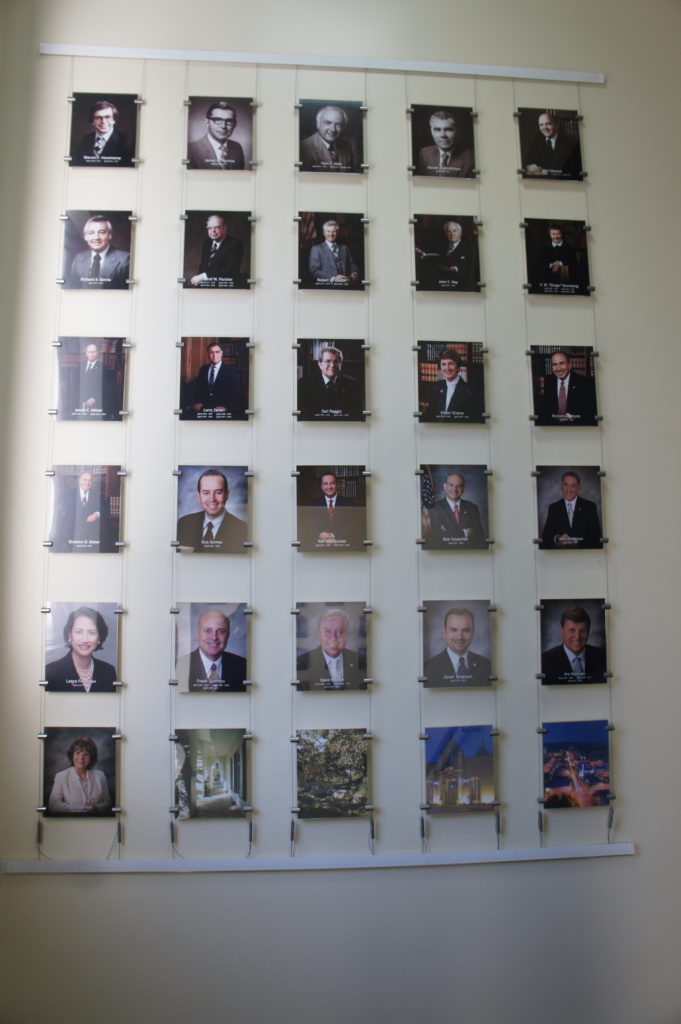
Gharpetian has played an active role in Glendale public life for almost two decades. He left his native Tehran when 24 years old in 1986 to come to San Francisco. He went to Armenian school for nine years and then a Persian public high school in Tehran. He went to community college at the College of Marin, and then studied optometry at Concorde Career College from 1992 to 1993. Looking for a more concentrated Armenian community, he got married in Glendale and eventually moved there, in 1999. He got involved in the Ararat chapter of Homenetmen (Armenian General Athletic Union, a scouting and athletic organization affiliated with the Armenian Revolutionary Federation). He later served eight years as vice president of the board of the Davidian and Mariamian Educational Foundation (DMEF), which promotes the teaching of Armenian language and culture in afterschool programs at Southern California schools.
Gharpetian began working in real estate, and now is a realtor and the chief executive officer of Glendale Commercial, Inc., a full service real estate and development company. He quickly became involved in the public sphere and in various non-profit organizations based in Glendale. In 2004 he became a commissioner for 4 years of the city’s Design Review Board, served on the Parks, Recreation and Community Services commission from 2011-13, on the Historic Preservation Commission (2011-2013), and then became chair of the Housing Authority from April 2015 to April 2016.
In connection with this service, Gharpetian said, “I am committed to preserving those of our properties that are worthy of being preserved,” and noted that there are seven historic districts now in Glendale, and over 108 historic properties registered on local, state and national levels. He developed an interest in preservation when he used to live in the San Francisco area, and restored over 35 homes there over a fifteen-year period as part of his business. In Glendale, however, he no longer has the time and primarily focuses on commercial real estate.
Gharpetian also served on the Civic Advisory Board of the Glendale Adventist Medical Foundation, and the boards of the Glendale Police Foundation, the Glendale Historical Society, the Glendale Chamber of Commerce, and the Glendale Association of Realtors.
A Democrat, Gharpetian began to be involved in politics. He said, “This was a natural transition for me.” He ran unsuccessfully for the Glendale City Council, in 2009 and 2014, before being elected to his first term in 2015. He was elected mayor on May 1, 2017 by his fellow council members. This is not simply a matter of rotation, as elections for mayor by the council must be conducted annually.
